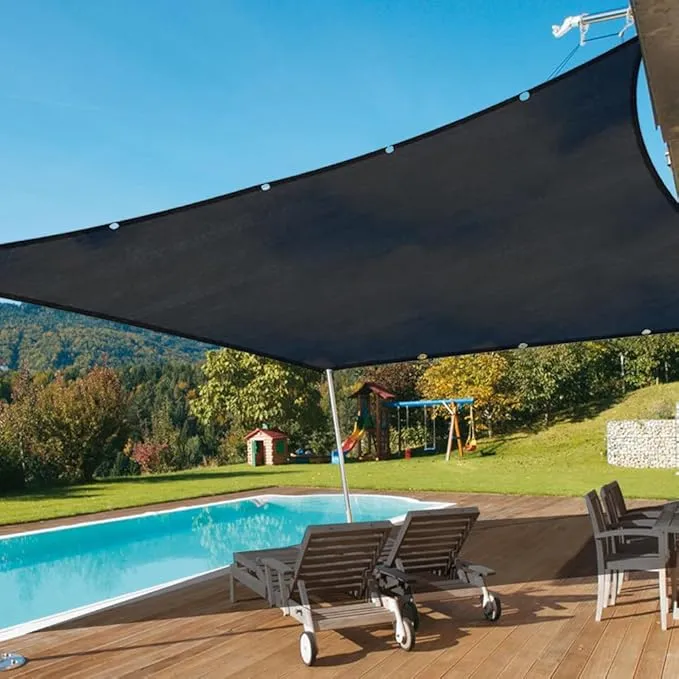-
 Afrikaans
Afrikaans -
 Albanian
Albanian -
 Amharic
Amharic -
 Arabic
Arabic -
 Armenian
Armenian -
 Azerbaijani
Azerbaijani -
 Basque
Basque -
 Belarusian
Belarusian -
 Bengali
Bengali -
 Bosnian
Bosnian -
 Bulgarian
Bulgarian -
 Catalan
Catalan -
 Cebuano
Cebuano -
 China
China -
 Corsican
Corsican -
 Croatian
Croatian -
 Czech
Czech -
 Danish
Danish -
 Dutch
Dutch -
 English
English -
 Esperanto
Esperanto -
 Estonian
Estonian -
 Finnish
Finnish -
 French
French -
 Frisian
Frisian -
 Galician
Galician -
 Georgian
Georgian -
 German
German -
 Greek
Greek -
 Gujarati
Gujarati -
 Haitian Creole
Haitian Creole -
 hausa
hausa -
 hawaiian
hawaiian -
 Hebrew
Hebrew -
 Hindi
Hindi -
 Miao
Miao -
 Hungarian
Hungarian -
 Icelandic
Icelandic -
 igbo
igbo -
 Indonesian
Indonesian -
 irish
irish -
 Italian
Italian -
 Japanese
Japanese -
 Javanese
Javanese -
 Kannada
Kannada -
 kazakh
kazakh -
 Khmer
Khmer -
 Rwandese
Rwandese -
 Korean
Korean -
 Kurdish
Kurdish -
 Kyrgyz
Kyrgyz -
 Lao
Lao -
 Latin
Latin -
 Latvian
Latvian -
 Lithuanian
Lithuanian -
 Luxembourgish
Luxembourgish -
 Macedonian
Macedonian -
 Malgashi
Malgashi -
 Malay
Malay -
 Malayalam
Malayalam -
 Maltese
Maltese -
 Maori
Maori -
 Marathi
Marathi -
 Mongolian
Mongolian -
 Myanmar
Myanmar -
 Nepali
Nepali -
 Norwegian
Norwegian -
 Norwegian
Norwegian -
 Occitan
Occitan -
 Pashto
Pashto -
 Persian
Persian -
 Polish
Polish -
 Portuguese
Portuguese -
 Punjabi
Punjabi -
 Romanian
Romanian -
 Russian
Russian -
 Samoan
Samoan -
 Scottish Gaelic
Scottish Gaelic -
 Serbian
Serbian -
 Sesotho
Sesotho -
 Shona
Shona -
 Sindhi
Sindhi -
 Sinhala
Sinhala -
 Slovak
Slovak -
 Slovenian
Slovenian -
 Somali
Somali -
 Spanish
Spanish -
 Sundanese
Sundanese -
 Swahili
Swahili -
 Swedish
Swedish -
 Tagalog
Tagalog -
 Tajik
Tajik -
 Tamil
Tamil -
 Tatar
Tatar -
 Telugu
Telugu -
 Thai
Thai -
 Turkish
Turkish -
 Turkmen
Turkmen -
 Ukrainian
Ukrainian -
 Urdu
Urdu -
 Uighur
Uighur -
 Uzbek
Uzbek -
 Vietnamese
Vietnamese -
 Welsh
Welsh -
 Bantu
Bantu -
 Yiddish
Yiddish -
 Yoruba
Yoruba -
 Zulu
Zulu
safety mesh
The Significance of Safety Mesh in Modern Industries
In today's rapidly evolving industrial landscape, safety is a paramount concern across various sectors, including construction, manufacturing, and logistics. One of the essential components contributing to workplace safety is safety mesh—an innovative solution designed to enhance protection and prevent accidents. Safety mesh serves as a robust barrier, offering numerous benefits that extend to workers, equipment, and overall operational efficiency.
Understanding Safety Mesh
Safety mesh is a durable, flexible material traditionally made of steel, nylon, or other synthetic fibers, designed to encapsulate or secure areas under construction, high-risk machinery, or hazardous zones. The primary objective of safety mesh is to create a physical barrier that prevents accidental falls, protects against debris, and mitigates the risk of other workplace accidents. Its versatility allows it to be utilized in various applications, from scaffolding and fencing to automotive and aerospace sectors.
Benefits of Safety Mesh
1. Fall Prevention One of the most significant advantages of safety mesh is its ability to prevent falls. In construction sites where workers operate at great heights, installing safety mesh around scaffolding or elevated platforms is crucial. It acts as a safeguard, catching any worker or object that may slip or fall, ultimately reducing the risk of serious injuries or fatalities.
2. Debris Containment Construction and maintenance activities often involve heavy equipment and materials that can create hazardous conditions. Safety mesh effectively contains debris, preventing it from falling onto pedestrians or other workers below. This feature is especially critical in urban environments where buildings are in close proximity, minimizing the risk of accidents resulting from falling objects.
safety mesh

3. Visibility and Communication Safety mesh can enhance situational awareness on job sites. Its design often includes bright colors or reflective materials, improving visibility in low-light conditions. This aspect aids in communication among workers, as the mesh can serve as a visual cue for safe areas and hazardous zones, fostering adherence to safety protocols.
4. Cost-Effectiveness Investing in safety mesh can lead to significant cost savings in the long run. By preventing accidents and injuries, companies can avoid potential legal fees, medical expenses, and insurance premiums. Furthermore, safety mesh is relatively inexpensive compared to the potential costs associated with workplace incidents, making it a financially sound investment.
5. Easy Installation and Maintenance Safety mesh is designed for straightforward installation, often requiring minimal tools and equipment. Its lightweight nature allows for easy handling and transport, facilitating rapid deployment on job sites. Additionally, safety mesh is generally low-maintenance, requiring periodic inspections to ensure integrity and effectiveness, which further contributes to its practicality.
Regulatory Compliance and Best Practices
The implementation of safety mesh is also crucial for meeting regulatory safety standards set by organizations such as the Occupational Safety and Health Administration (OSHA) and various international safety bodies. Adhering to these regulations not only protects workers but also enhances a company's reputation for prioritizing safety. Employers must regularly train their personnel on the proper use and inspection of safety mesh to ensure maximum effectiveness.
Conclusion
As industries continue to prioritize safety in the workplace, safety mesh stands out as a vital tool in promoting a secure working environment. Understanding its benefits—ranging from fall prevention and debris containment to cost-effectiveness—highlight its significance in modern operations. Whether in construction, manufacturing, or any other high-risk sector, the incorporation of safety mesh can lead to safer workplaces, reducing risks to personnel and equipment alike. As we move forward, investing in safety measures, including safety mesh, will be key to fostering a culture of safety and responsibility in our industrial practices.
-
Shipping Plastic Bags for Every NeedNewsJul.24,2025
-
Safety Netting: Your Shield in ConstructionNewsJul.24,2025
-
Plastic Mesh Netting for Everyday UseNewsJul.24,2025
-
Nylon Netting for Every UseNewsJul.24,2025
-
Mesh Breeder Box for Fish TanksNewsJul.24,2025
-
Expanded Steel Mesh Offers Durable VersatilityNewsJul.24,2025











